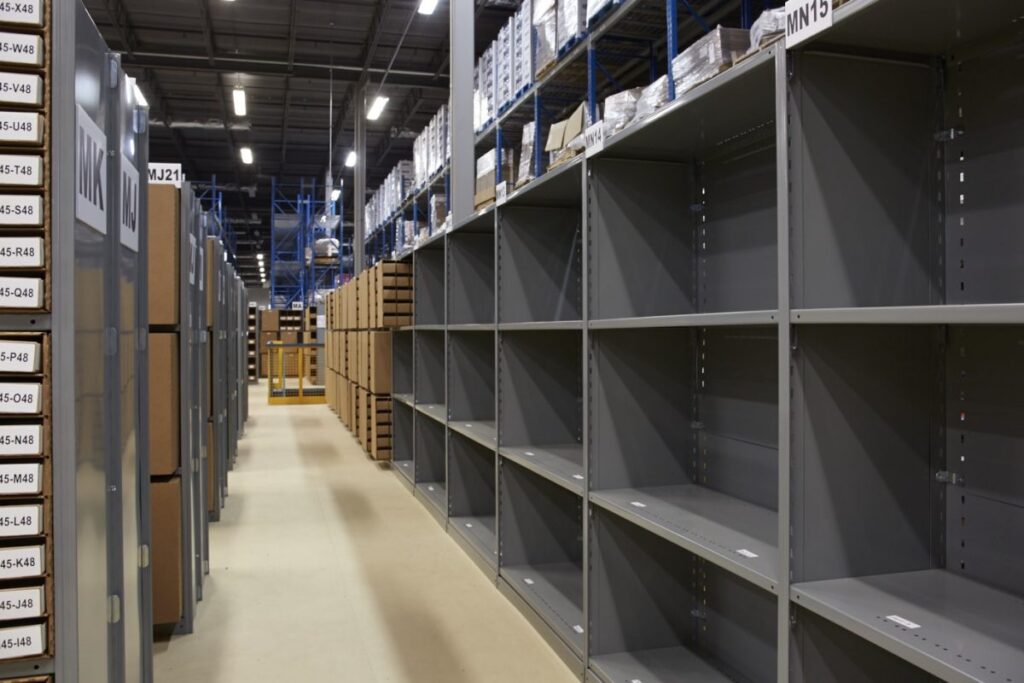Optimizing warehouse storage is a critical aspect of efficient inventory management and logistics. A well-organized warehouse can significantly impact a company’s bottom line by increasing productivity, reducing operational costs, and enhancing overall customer satisfaction. Warehouse shelving plays a pivotal role in achieving these goals. In this guide, we will explore various aspects of warehouse shelving to help businesses make informed decisions and maximize their storage space. The first step in optimizing warehouse storage is to assess the available space and understand the unique requirements of your inventory. Warehouse shelving solutions come in various types and sizes, including selective pallet racks, drive-in racks, push-back racks, and cantilever racks.

Choosing the right type of shelving depends on factors such as the size and weight of your products, the frequency of inventory turnover, and the layout of your warehouse. Selective pallet racks, for instance, are suitable for high-density storage of goods that have a quick turnover, allowing for easy access to each pallet. On the other hand, drive-in racks are ideal for large quantities of identical items, where products are loaded from one side and retrieved from the other. Understanding your specific needs is the foundation for selecting the most appropriate shelving solution. Once you have identified the right type of shelving, it is essential to consider the shelving materials. Most warehouse shelves are constructed from steel, go here which provides durability and strength, making them capable of withstanding the demands of a busy warehouse environment. Galvanized steel is often used for shelving in humid or corrosive environments, as it offers resistance to rust and corrosion. Wire shelving is another option that allows for excellent visibility and airflow but may not be suitable for all types of products due to their open design. For added versatility, some shelving units offer adjustable shelves, allowing you to customize the configuration to accommodate various product sizes.
Another crucial aspect of warehouse shelving is the layout and arrangement. The goal is to make the most efficient use of available space while ensuring ease of access to items. To achieve this, consider factors like aisle width, shelf heights, and vertical space utilization. Implementing narrow aisles can help maximize storage capacity, but it may require specialized forklift equipment. Employing a well-thought-out shelving layout can significantly reduce travel time for workers, improving overall productivity. Labeling and organizing inventory on the shelves is equally important. Utilizing a logical system, such as an alphanumeric or color-coded system, can expedite order picking and reduce errors. Regular maintenance and safety measures are also essential in warehouse shelving optimization. Ensure that shelving units are inspected and maintained regularly to prevent accidents and product damage. Additionally, implement safety measures such as guardrails and rack protectors to safeguard employees and inventory. Proper training and education of warehouse personnel on safe shelving practices are crucial in maintaining a secure and efficient workspace.
